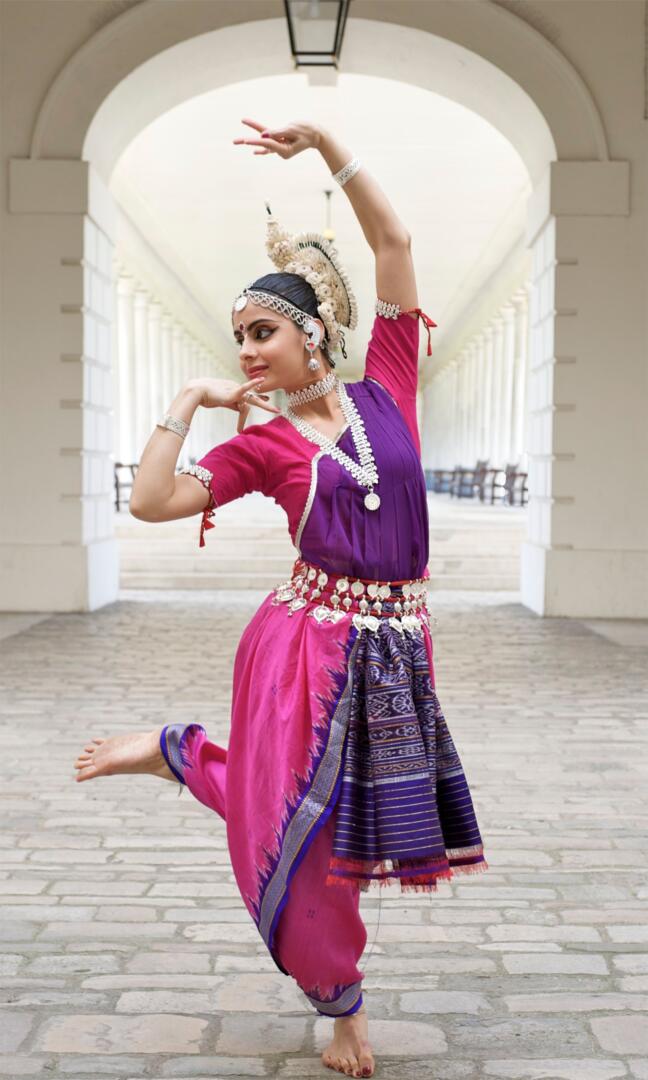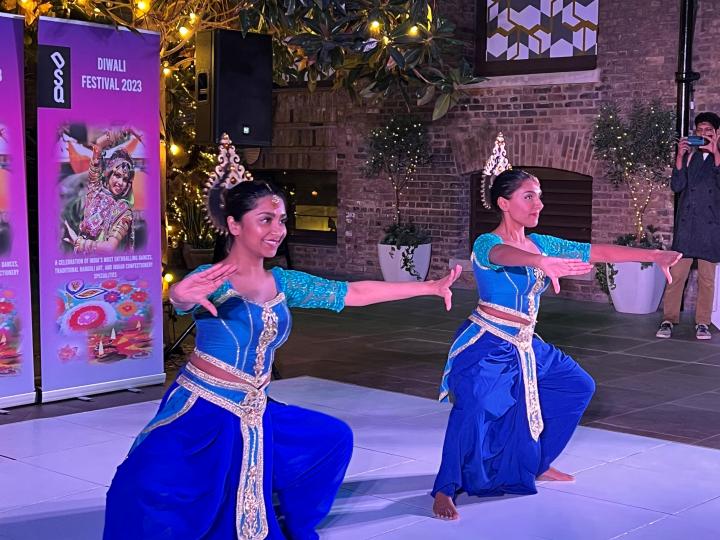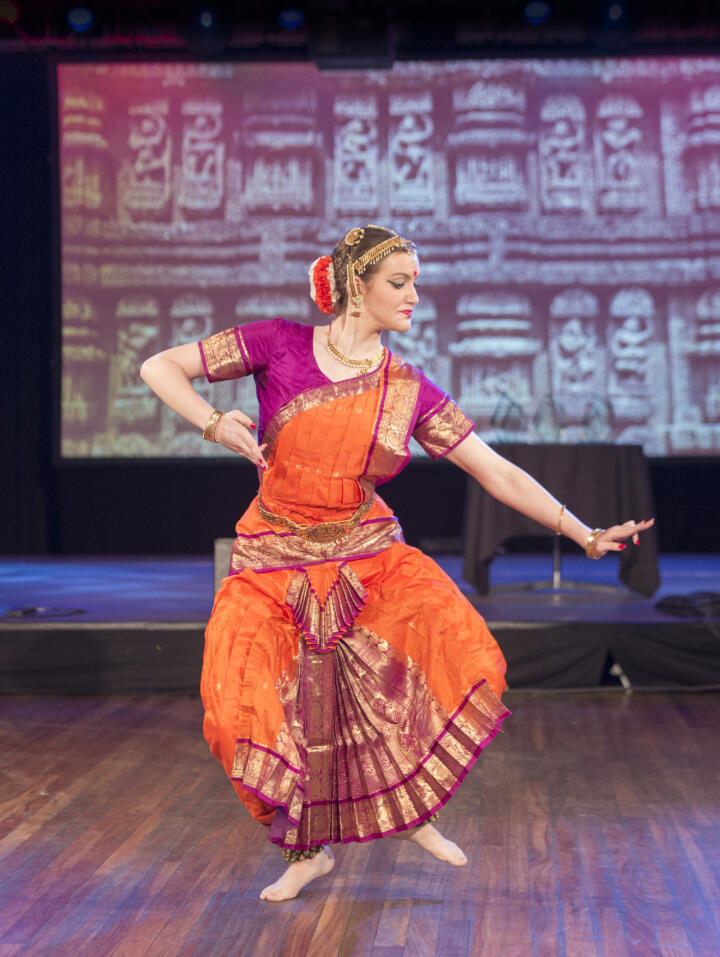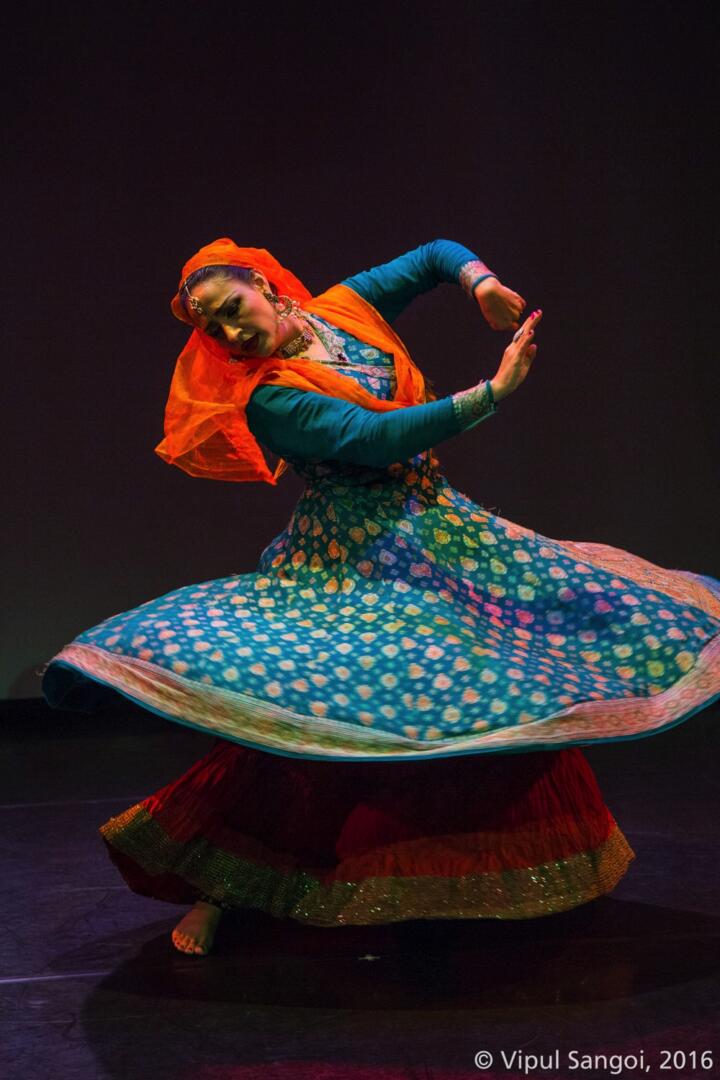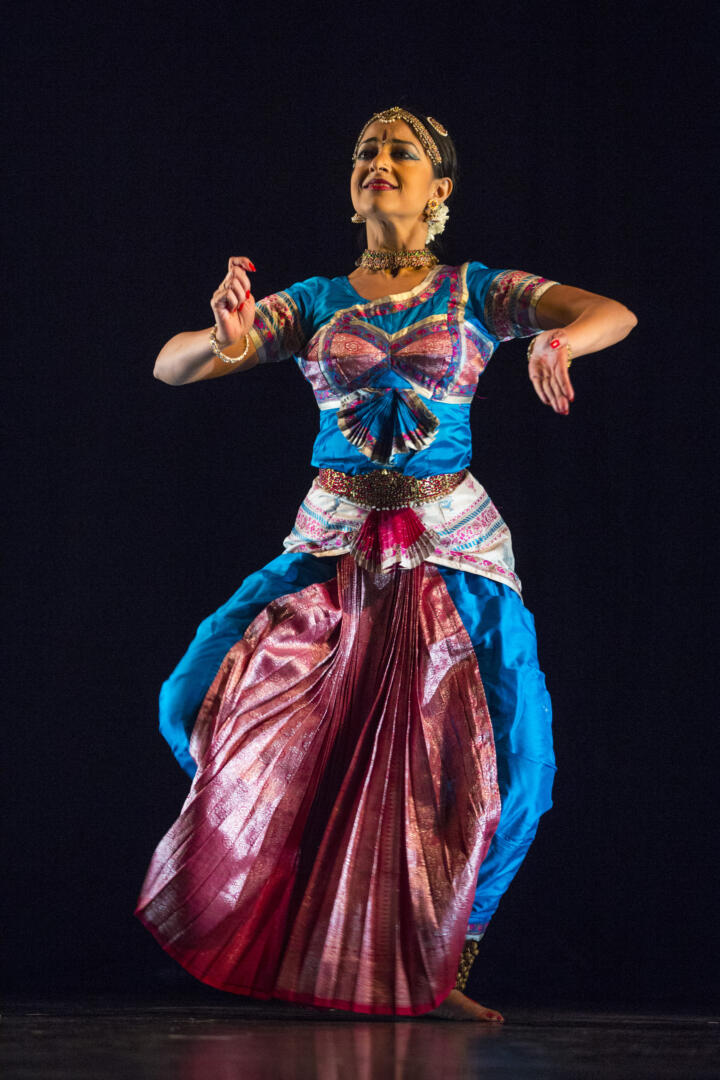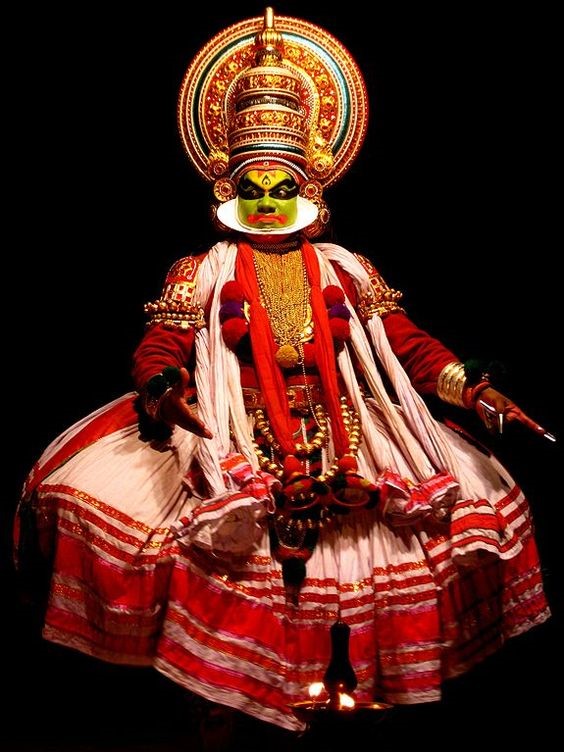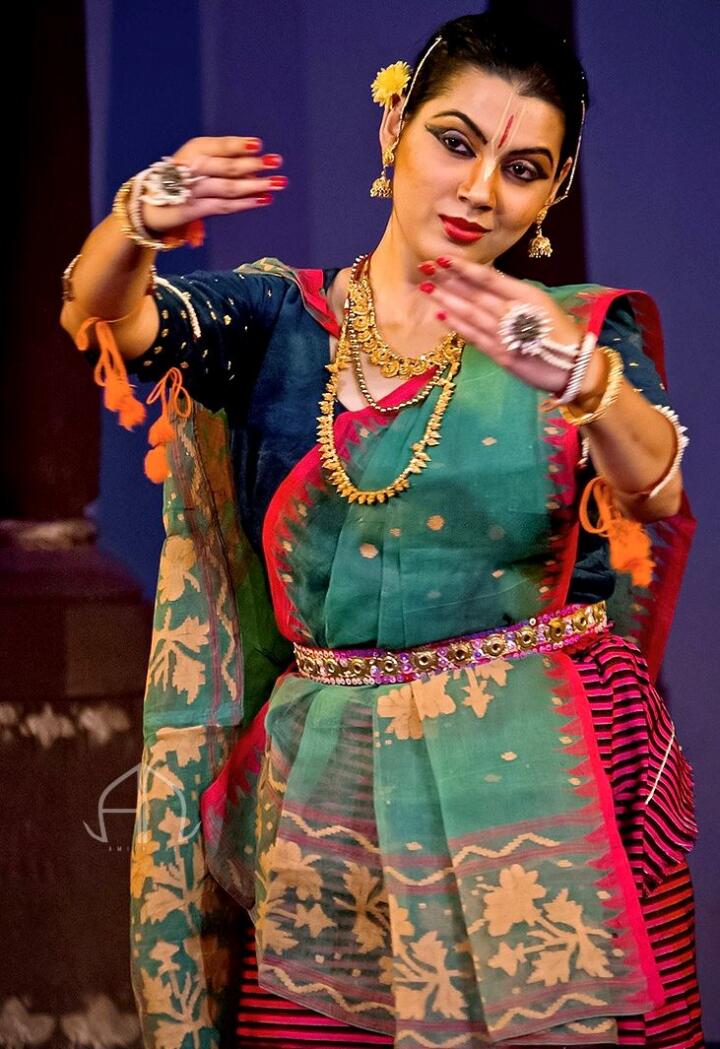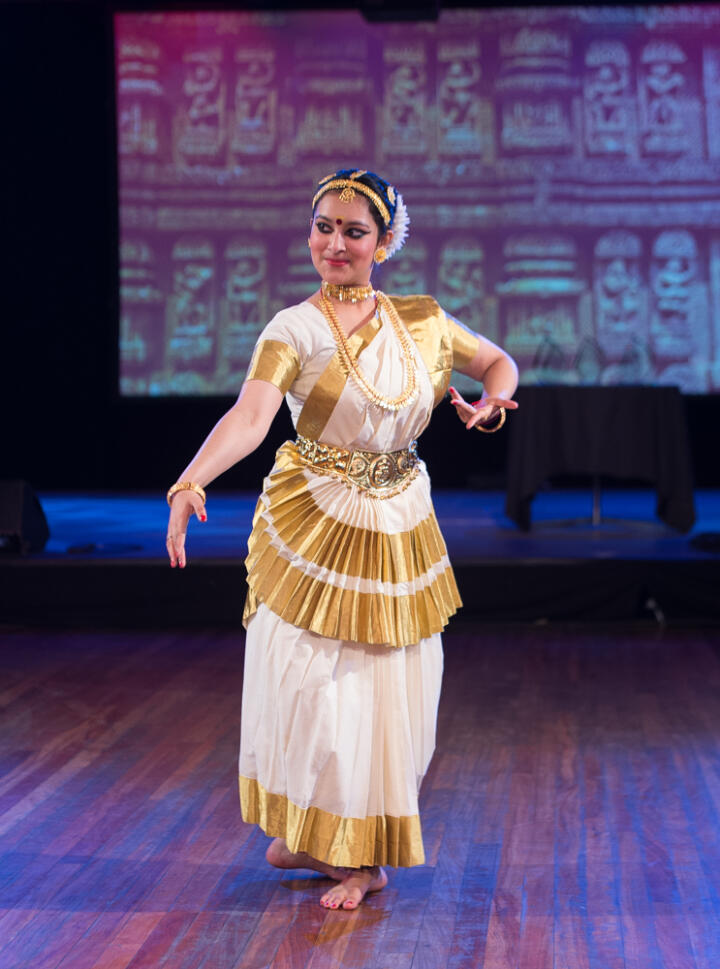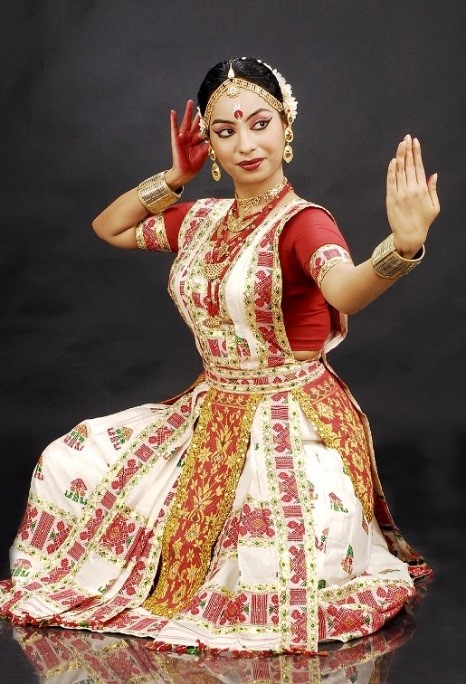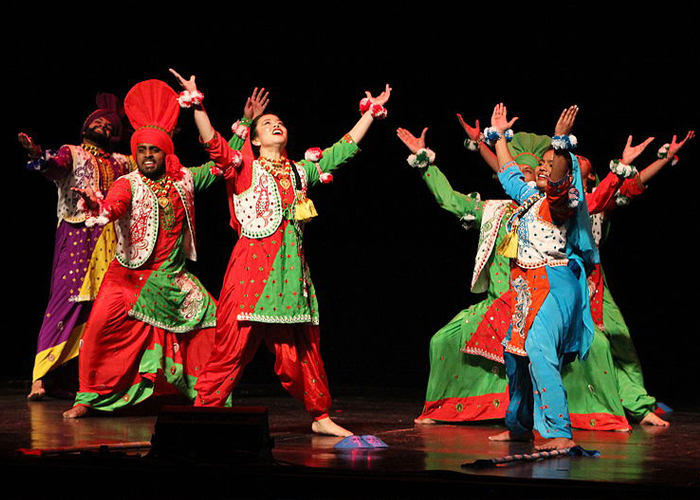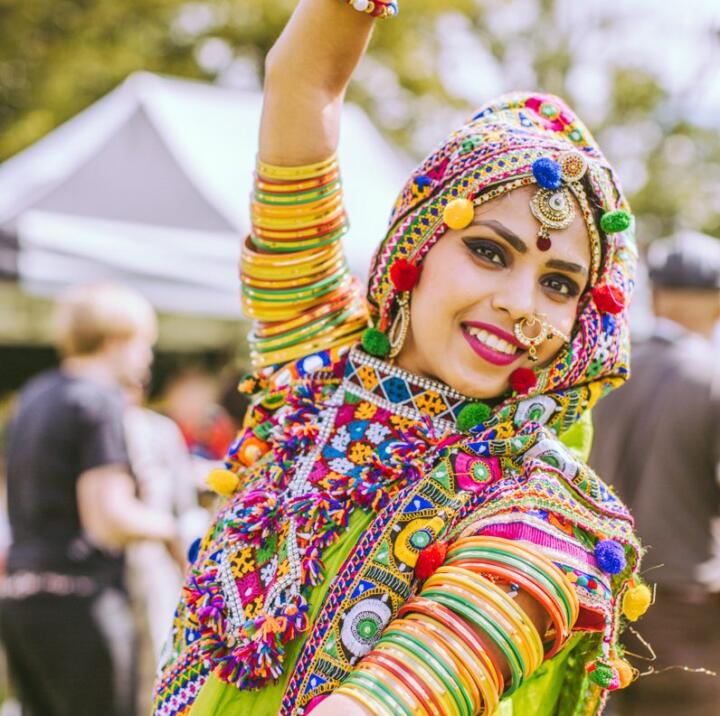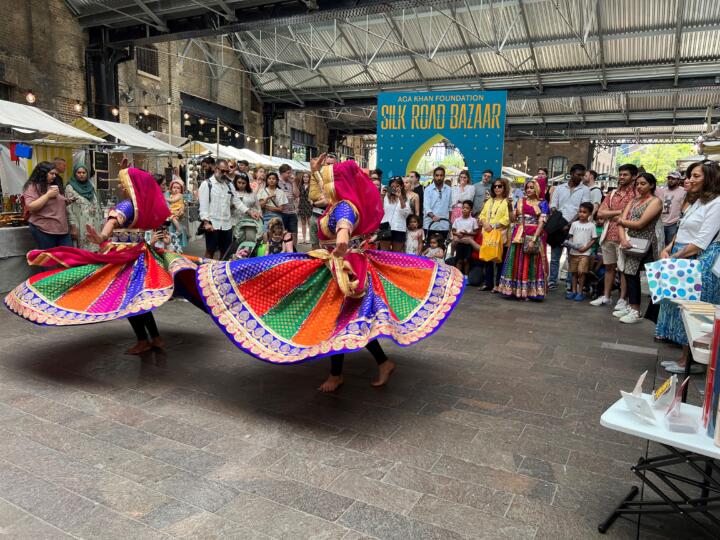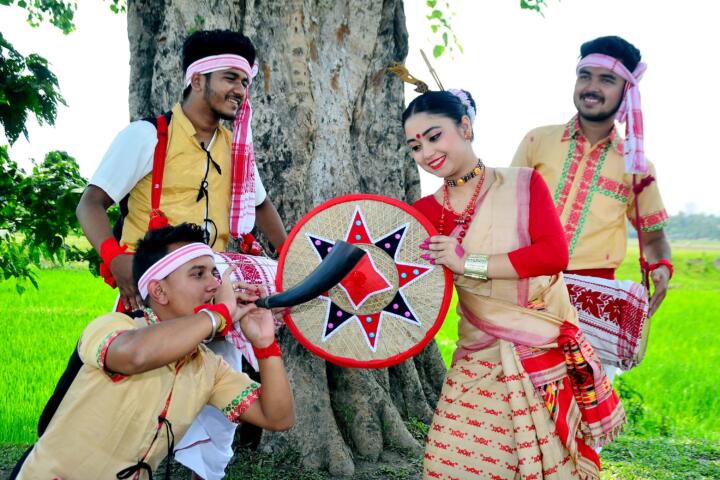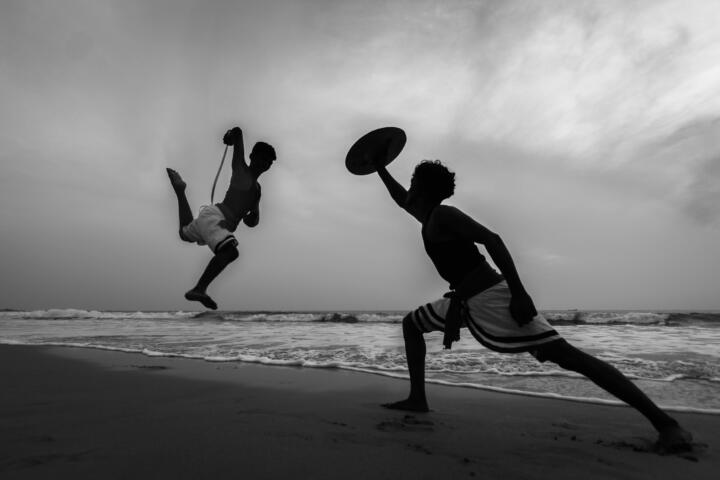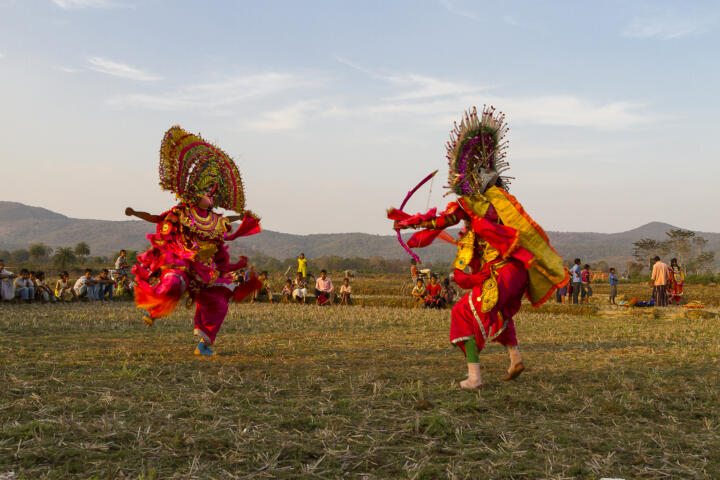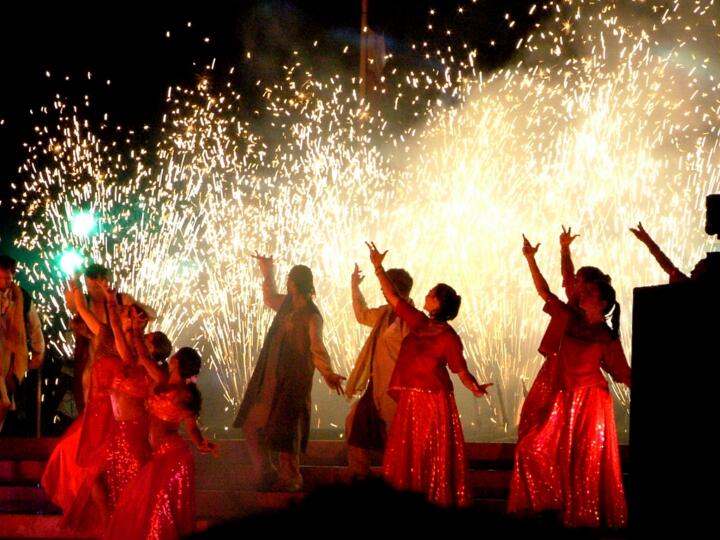Odissi
A guide to Odissi
This classical dance form originates from the eastern state of Orissa in India. According to archaeological evidences, it is the oldest surviving dance form of India. This dance form is referred as Odra-Magadhi in Natya Shastra, the classic treatise of Indian dance.
Odissi was initially performed in the temples as a religious offering by the Maharis (temple girls) who dedicated their lives in the services of God. It has the closest resemblance with sculptures of the Indian temples
Some of the most distinguishing features of Odissi dance are the Tribhangi, which involves movement of head, chest and torso and Chauka or Chouka, the basic square position that symbolises Lord Jagannath. These poses are more curved than other classical Indian dances. Mudra is also an important component of Odissi dance. The term Mudra means stamp, and is a hand position which suggests a wide array of symbolism and emotion. Odissi themes are most often religious in nature, and many revolve around expressing the stories of Lord Krishna.
Odissi is characterised by various stances known as Bhangas, which involves stamping of the foot and striking various postures as seen in Indian sculptures. The common Bhangas are Bhanga, Abanga, Atibhanga and Tribhanga.
